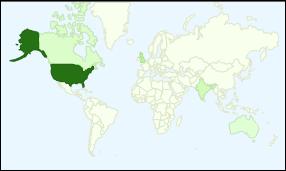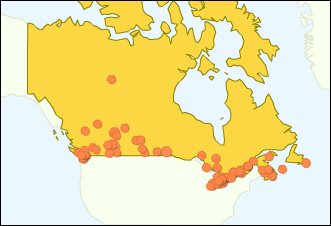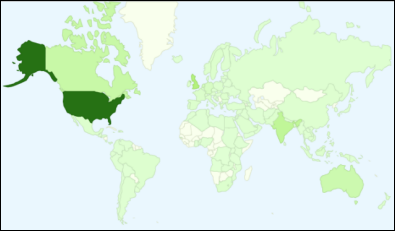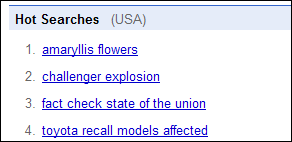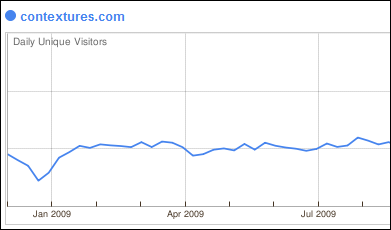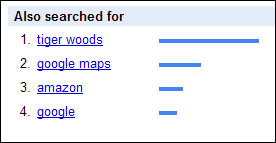You might find something online that you want to print, such as instructions for doing something in Excel, or a tasty looking recipe.
Usually that page has a bunch of stuff that you don’t want to print, like ads and header and footers.
A while ago I discovered Print What You Like, where you can enter a URL, then clean up that page for printing. However, I could never find that page when I needed it, so I rarely used it.
Printliminator Utility
Today I found The Printliminator, a similar utility, which runs from a bookmarklet.
- Just drag the bookmarklet to your Bookmarks toolbar, then click it when you want to clean up a page.
- Highlight a section, then click to remove it
- OR, press Alt and click, to remove everything except the selected section.
There’s also a set of buttons, including one to remove all graphics, and a button to Undo the last step.

Video: Printliminator Utility
This short video shows how the Printliminator utility works, in case you’d like to see the tool, before you start using it.
Print What You Like Bookmarklet
When I went back to find the Print What You Like page today, I saw that it has a bookmarklet too. Maybe it’s new, or I missed that the last time that I looked.
Anyway, I hope you find this useful, and I wish they’d invent a cleanup tool for email too. Then I could crop off those long paragraphs that warn me about saving the environment by not printing.
____________

